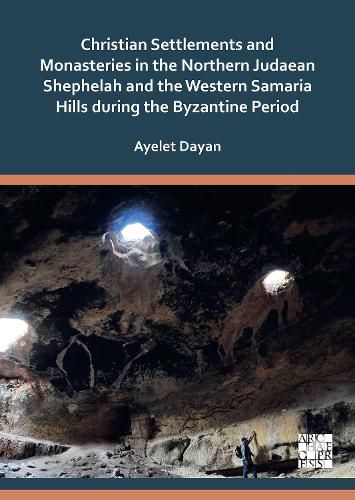Readings Newsletter
Become a Readings Member to make your shopping experience even easier.
Sign in or sign up for free!
You’re not far away from qualifying for FREE standard shipping within Australia
You’ve qualified for FREE standard shipping within Australia
The cart is loading…






This study focuses mainly on the archaeological aspects of monasteries in the northern Judaean Shephelah and the western Samaria Hills during the Byzantine period. Many Christian sites have been uncovered in these two regions in the past years during salvage excavations and routine monitoring and inspection activities conducted by the Israel Antiquities Authority. Some of these have not been systematically investigated and are presented here for the first time. In addition, all the locations where Christian archaeological remains and finds have been brought to light in these two geographic regions during the study period are presented. An effort has been made to draw a distinction between the different sites in terms of their type and function in order to determine whether they were villages, farmsteads, estates, monasteries, or some other type of settlement. The book examines the monasteries, the date of their foundation, the reasons for their establishment, and their interactions with the settlements in their broader area, with holy sites, pilgrimage sites, and pilgrim routes. In addition, the study proposes criteria according to which the different types of monasteries can be classified.
$9.00 standard shipping within Australia
FREE standard shipping within Australia for orders over $100.00
Express & International shipping calculated at checkout
This study focuses mainly on the archaeological aspects of monasteries in the northern Judaean Shephelah and the western Samaria Hills during the Byzantine period. Many Christian sites have been uncovered in these two regions in the past years during salvage excavations and routine monitoring and inspection activities conducted by the Israel Antiquities Authority. Some of these have not been systematically investigated and are presented here for the first time. In addition, all the locations where Christian archaeological remains and finds have been brought to light in these two geographic regions during the study period are presented. An effort has been made to draw a distinction between the different sites in terms of their type and function in order to determine whether they were villages, farmsteads, estates, monasteries, or some other type of settlement. The book examines the monasteries, the date of their foundation, the reasons for their establishment, and their interactions with the settlements in their broader area, with holy sites, pilgrimage sites, and pilgrim routes. In addition, the study proposes criteria according to which the different types of monasteries can be classified.